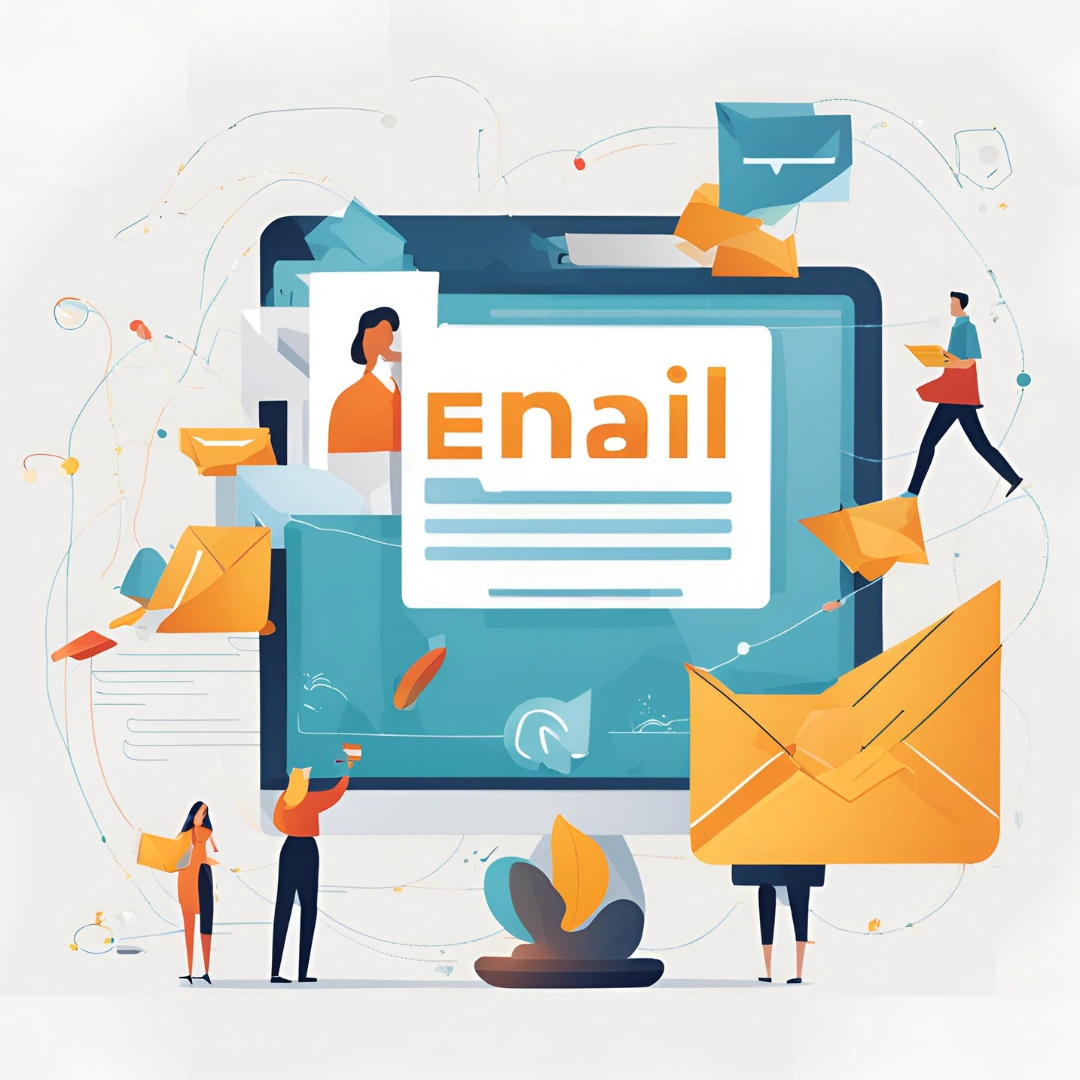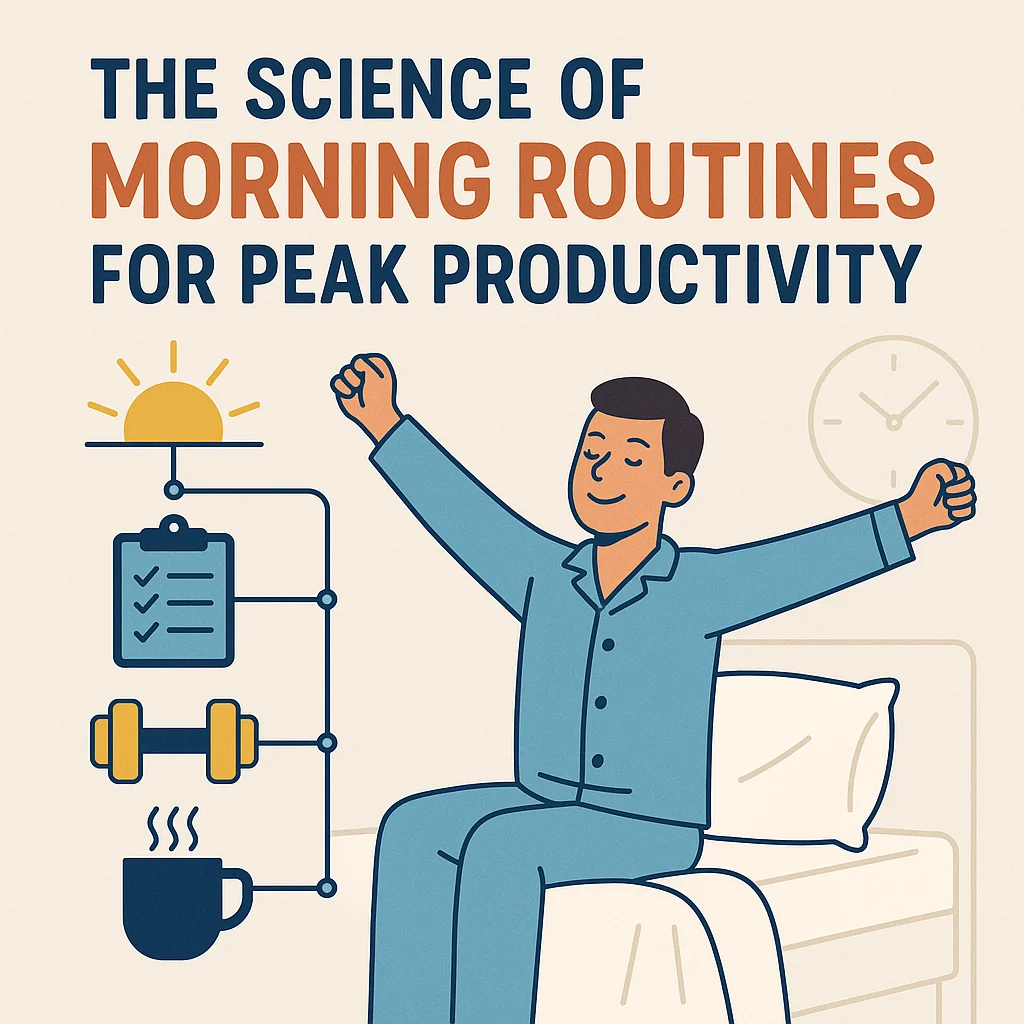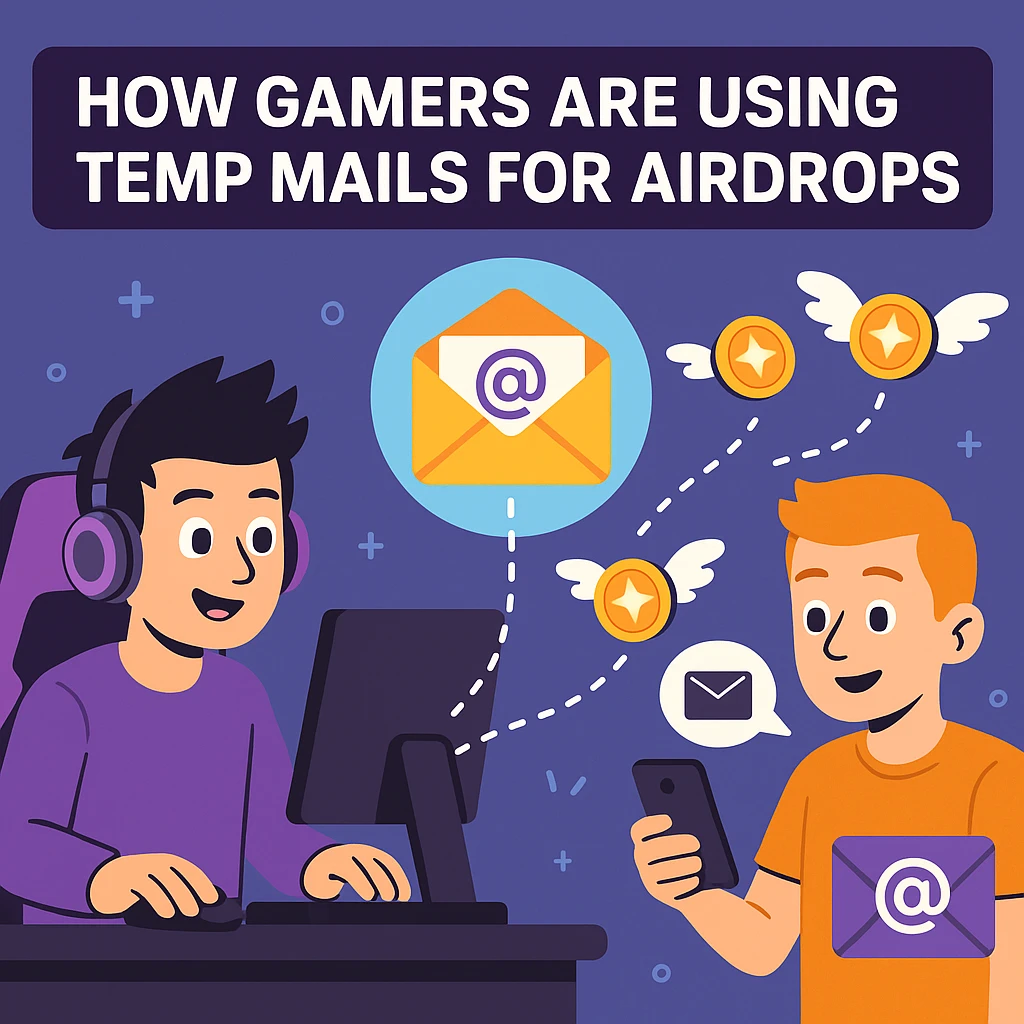Businesses are continuously seeking for methods to increase efficiency, enhance consumer engagement, and streamline their marketing activities in today's fast-paced digital world. With the least amount of manual labor required, email automation has become one of the most effective tools in a marketer's toolbox, allowing companies to send audiences personalized, relevant, and timely messages. This in-depth manual will go over the idea of email automation, its advantages, practical implementation techniques, and best practices for realizing its full potential.
1. Understanding Email Automation
1.1 What is Email Automation?
The practice of employing software to send emails automatically in response to preset schedules, triggers, or client behaviors is known as email automation. Automated email campaigns save time and guarantee that the proper audience receives messages at the right moment because they are pre-programmed and activated automatically, in contrast to manual email campaigns, which need each email to be written and delivered individually.
Common Email Automation Triggers:
-
User Actions: emails that are sent out in response to certain activities performed by the user, including purchasing something, adding something to a basket, or signing up for a newsletter.
-
Time-Based Triggers: emails that are set to be sent on a predetermined schedule, such a welcome series that begins the week following a subscriber.
-
Behavioral Triggers: emails that are sent in response to user behavior, such as prolonged periods of inactivity or interaction with earlier emails.
1.2 The Benefits of Email Automation
With so many advantages, email automation is an essential part of any effective digital marketing plan.
Key Benefits:
-
Efficiency and Time Savings: Marketers may devote more time to high-impact activities like strategy and content production by automating monotonous chores.
-
Personalization at Scale: Businesses may send tailored messages to big audiences with email automation, increasing consumer happiness and engagement.
-
Increased Revenue: Sales and revenue can be greatly increased by using automated emails with features like tailored product recommendations and cart abandonment reminders.
-
Improved Customer Experience: Email automation provides timely and relevant content that improves customer experience and builds relationships.
-
Better Data and Insights: Businesses can measure performance, optimize campaigns, and make data-driven choices with the use of email automation solutions, which offer comprehensive analytics and reporting.
2. Types of Email Automation Campaigns
Businesses can utilize a variety of email automation campaign types to engage their audience and accomplish their marketing objectives. Every kind has a distinct function and can be customized for various client journey phases.
2.1 Welcome Series
An email sequence that introduces your brand, goods, or services to prospective subscribers or clients is known as a welcome series. Since this is frequently a customer's first encounter with your company, it's critical to establish a good impression.
Components of a Welcome Series:
-
Introduction to the Brand: Give a brief description of your business, outlining its goals, core principles, and distinctive selling proposition.
-
Highlight Key Products or Services: Highlight well-liked goods and services that the subscriber may find useful.
-
Offer Incentives: To entice a purchase or further interaction, include a special offer, such a free trial or discount.
-
Set Expectations: Inform subscribers about the type and frequency of content they might anticipate receiving.
2.2 Cart Abandonment Emails
Users who add products to their online shopping cart but don't finish the transaction receive cart abandonment emails. These emails are a great way to get back lost sales since they remind clients of the things they forgot to buy and motivate them to finish the transaction.
Key Elements of Cart Abandonment Emails:
-
Reminder of Abandoned Items: Make a note of everything that's still in the cart and provide pictures and descriptions to help the customer remember.
-
Incentives: In order to encourage the buyer to finish the purchase, provide a discount or free shipment.
-
Sense of Urgency: To add a sense of urgency, highlight low stock levels or include a limited-time offer.
-
Personalization: Refer to the client by name and make tailored product suggestions based on their previous browsing activity.
2.3 Post-Purchase Emails
Following the completion of a transaction, a consumer receives post-purchase emails. These communications improve the whole buying experience, foster repeat business, and foster client loyalty.
Types of Post-Purchase Emails:
-
Order Confirmation: a prompt email acknowledging the purchase that includes information about the product, the shipping details, and the anticipated date of delivery.
-
Thank You Email: An email of thanks for the transaction sent afterward might improve the rapport between the business and its customers.
-
Product Review Request: Invite clients to post reviews or comments about a recent purchase.
-
Upsell and Cross-Sell Emails: Make recommendations for related goods or services in light of the client's prior purchases.
2.4 Re-Engagement Campaigns
Re-engagement programs are designed to target customers who haven't interacted with your brand in a while or inactive subscribers. Rekindling their interest and reintegrating them into the fold is the aim.
Effective Re-Engagement Strategies:
-
Personalized Offers: Provide exclusive deals or discounts based on the customer's past purchases or preferences.
-
Exclusive Content: Give customers access to special content that enhances their experience, like an ebook, webinar, or guide.
-
Surveys and Feedback: Request input on the reason for the customer's inactivity as well as suggestions for how to enhance their experience.
-
Reminder of Benefits: Remind the client of the advantages of joining your community, such as access to special events, unique deals, and loyalty incentives.
2.5 Lead Nurturing Emails
Lead nurturing emails are made to help prospective clients move from first awareness to actual purchase through the sales funnel. By educating and engaging the prospect with useful content and information, these emails foster trust and motivate them to take action.
Key Components of Lead Nurturing Emails:
-
Educational Content: Send prospects articles, blog entries, videos, or e-books that highlight their problems and provide answers.
-
Case Studies and Testimonials: Showcase client success stories that demonstrate how your goods or services have helped other people to establish social proof.
-
Product Demonstrations: Provide prospects with a first-hand experience of your product by offering demos, webinars, or free trials.
-
Calls to Action (CTAs): Incorporate concise and eye-catching calls to action (CTAs) that direct the prospect to the next stage of the buying process, be it arranging a call, joining a webinar, or completing a purchase.
Conclusion
Email automation is a potent tool that can revolutionize your marketing campaigns by enabling more effective and tailored audience engagement. You may develop extremely successful email marketing strategies that provide results and cultivate enduring customer relationships by learning about the many forms of email automation campaigns, selecting the appropriate technologies, and adhering to best practices.





Leave a Reply